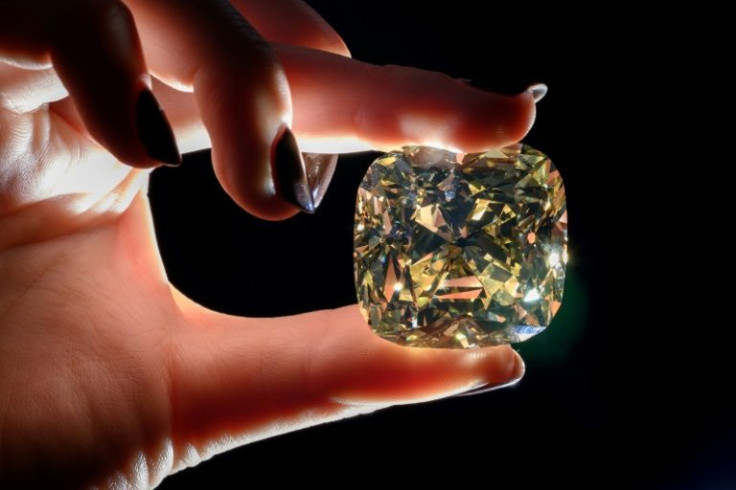Meteorite That Hit Earth 50,000 Years Ago Reveals Unusual Diamond Structures
KEY POINTS
- Unique structures called diaphites have been found inside the meteorite
- The meteorite was found in Arizona in 1891
- The diamonds had hexagonal crystal structure in contrast to cubic shape
A meteorite that hit Earth 50,000 years ago had something unique in store – it contained diamonds with a hexagonal structure.
Diamond is the hardest known substance on Earth. Besides adorning our jewelry, it performs some important roles in technology, from abrasives and electronics to nanomedicine and laser technology. The newly discovered diamond structure can broaden its scope in technological advances.
The diamonds we are familiar with are packed in a cubic structure. They were formed around 90 miles below Earth's surface, with temperatures up to 2,000 degrees Fahrenheit.
However, the diamonds found in the Canyon Diablo meteorite, which hit Earth 50,000 years ago and was first discovered in Arizona in 1891, have a hexagonal structure. This type of diamond is called lonsdaleite – named after crystallographer Dame Kathleen Lonsdale, the first female professor of University College London.
Strange, never-before-seen diamond crystal structure found inside 'Diablo canyon' meteorite https://t.co/vYhMJaVBuG
— Live Science (@LiveScience) July 25, 2022
Though scientists have previously manufactured lonsdaleite in a lab – using gunpowder and compressed air to propel graphite disks 15,000 mph at a wall, they occur naturally only when asteroids strike the earth.
One distinguishing aspect of the diamond structure found in the canyon was the presence of graphene, another carbon-based material, interwoven with the diamond lattice. These growths are called diaphites. Graphene is made of a one-atom-thick layer of carbon, set up in a hexagonal shape. The presence of diaphites in the meteorite suggests that they can be found in other carbonaceous material, researchers wrote in a study published in the journal Proceedings of the National Academy of Sciences.
Researchers found "stacking faults" within these intriguing layers of diamonds and diaphites, which means the layers were not aligned perfectly.
Graphene is as light as a feather and as durable as a diamond – both transparent and highly conductive. It is also one million times thinner than a human hair.
The structure could one day be used to develop targeted medicines, electronics with ultra-fast charging speeds, or faster and more ductile technology, the researchers noted.
"Through the controlled layer growth of structures, it should be possible to design materials that are both ultra-hard and also ductile, as well as have adjustable electronic properties from a conductor to an insulator," said study co-author Christoph Salzmann, a chemist at University College London.

© Copyright IBTimes 2024. All rights reserved.





















